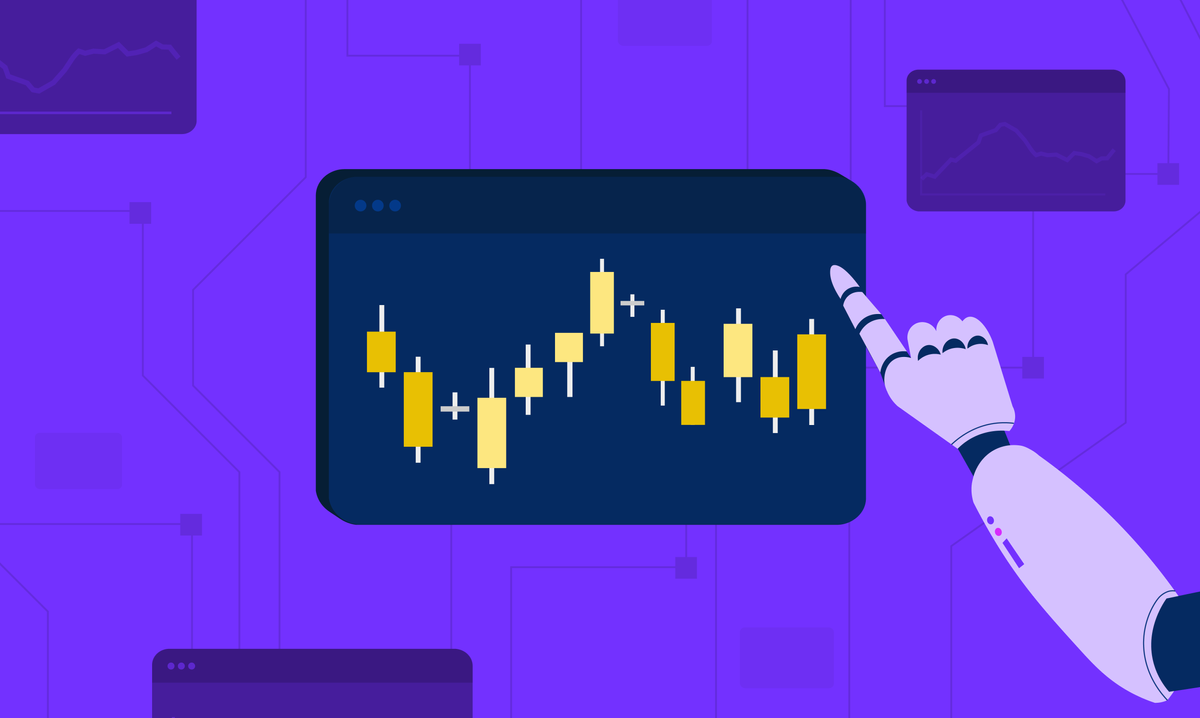The Role of Artificial Intelligence in Algorithmic Trading


The author generated this text in part with GPT-3, OpenAI’s large-scale language-generation model. Upon generating draft language, the author reviewed, edited, and revised the language to their own liking. The content of this publication is for general use only.
Artificial intelligence (AI) has become an increasingly important tool in the financial industry, particularly algorithmic trading. Algorithmic trading, or automated trading, uses computer programs to execute trades. These programs use complex algorithms to analyze market data and identify trading opportunities. This article examines the role, benefits, and challenges artificial intelligence presents in algorithmic trading.
Benefits of Artificial Intelligence in Algorithmic Trading
Real-Time Analysis of Data
One of the key benefits of AI in algorithmic trading is its ability to analyze vast amounts of data in real-time. AI algorithms can quickly and accurately analyze market data, news feeds, and other relevant information to identify patterns and trends. This may help traders make informed decisions about when to buy or sell securities.
Analyzing Future Market Movements
By analyzing past market data and using machine learning algorithms to identify patterns, AI may help traders to analyze market movements with patterns. According to a 2020 JPMorgan study, over 60% of trades over $10M were executed using algorithms. The algorithmic trading market size is expected to grow by $4 billion by 2024, bringing the total volume to $19 billion.
Refined Trading Strategies
Another benefit of AI in algorithmic trading is its ability to learn and adapt over time. AI algorithms can continuously analyze market data and refine their trading strategies. This may help traders reevaluate their trading strategies.
Challenges of Artificial Intelligence in Algorithmic Trading
Risk of Investing
Despite these benefits listed above, some challenges are associated with using AI in algorithmic trading. One big challenge is the potential of losing money when you invest in securities, or other financial products. Investments involve risk, and the past performance of a security, or financial product does not guarantee future results or returns. There is no guarantee that any investment strategy will achieve its objectives. It's important for Investors to always consider their investment objectives and risks carefully before investing.
Risk of Overfitting
Another challenge is the risk of overfitting. Overfitting occurs when an AI algorithm is trained to fit a specific dataset too closely, resulting in a loss of generality. This can lead to poor performance on new data and increase the risk of poor trading decisions.
Risk of Manipulation or Hacking
Another challenge is the potential for AI algorithms to be manipulated or hacked. Hackers could potentially manipulate AI algorithms to make unprofitable trades, causing significant financial losses for traders and investors.
To address these challenges, traders and investors should consider using robust and secure AI algorithms that have been thoroughly tested and validated. Additionally, traders and investors must ensure that they have appropriate risk management strategies to protect against potential losses.
Conclusion
Despite these challenges, AI's role in algorithmic trading will likely continue to grow in the coming years. By enabling traders to analyze vast amounts of data in real time, and continuously learn and adapt over time, AI is helping to improve decision-making, and increase efficiency.






